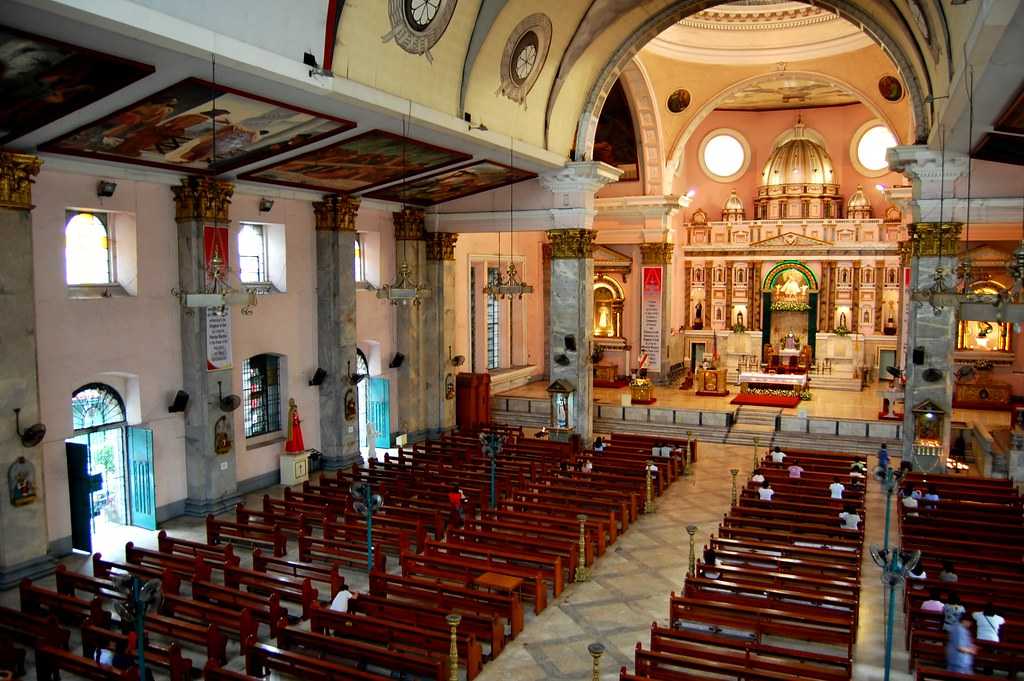Binondo
Weather :
Tags : Sightseeing
Time Required : 1 day
Ways to Experience this attraction
Binondo, Manila Overview
Binondo is Manila's Chinatown, lined with quaint cafes and affordable eateries. Established in 1594, it is the world’s oldest Chinatown. The street is flanked by cozy shops of goldsmiths, tea houses, herbalists, bakeries, incense sticks, and the like. The Seng Guan Temple and the Kuang Kong Temple are also located here.
Although the Spanish colonial architecture of the town is rapidly being torn down to make place for newer and better buildings, the culture and essence of the ancient town remain, which even extends to adjoining areas like Quiapo, Santa Cruz, San Nicolas and Tondo. Among the most notable buildings and places of attraction, the top ones include Chinese Cemetery, Bahay Nakpil, Calvo Museum, Golden Mosque, Plaza Miranda, Quiapo Church and Filipino- Chinese Friendship Arch etc. The district now houses many more newcomers and immigrants, including Americans, Japanese and Spaniards. Originally established by the Spaniards as a settlement for the Catholic Chinese near Intramuros, the place was a hub for the Chinese trade and commerce run by the Filipino-Chinese in the olden days.
Read More on Binondo
Places to Visit in Binondo
-
Binondo Church
Binondo Church is situated across the road from Plaza San Lorenzo Luiz. Established in 1596, the church is dedicated to Our Lady of China and is the most popular place of Christian worship in the area. Boasting of intricate and beautiful architecture, the church is thronged by tourists also.

Source -
Santo Cristo de Langos
Just next to the Binondo Church is an establishment which displays an image of Crucified Christ in a glass cover. It is believed that the image was found by a deaf and mute woman in a well. -
Ongpin Street
Ongpin Street is the main street in town which bustles with Chinese stores, grocery stores, bakeries and other shops. -
Kuang Kong
Kuang Kong is a popular Buddhist temple in the district which is also open to the tourists. Showcasing the roots of the Chinese- Filipino, it is also believed that you can also have your fortunes told here with the help of wooden half moons. -
Seng Guan Temple
Seng Guan Temple is another Chinese Buddhist temple situated at the Narra Street. The temple stays crowded with devotees and pilgrims burning incense sticks and offering prayers at the temple. -
Escolta Street
Escolta Street is a vintage street in the district which boasts of olden day decor and ancient architecture buildings. However, after the malls and modern day shopping complexes sprang up, the fashion brand outlets and retail stores on this street slowly declined. -
Arranque Market
Arranque Market is the wet market in Binondo where you can find fresh seafood. You can pick up exotix raw seafood like crabs, oysters, snakes, octopus etc. -
Plaza San Lorenzo Ruiz
Plaza San Lorenzo Ruiz is a major public square in Binondo which houses the Basilica of Santo Cristo de Langos and also the famous Binondo Church. It is one of the busiest suburbs in the area.
Food in Binondo
Festivals in Binondo
History of Binondo
Top Hotel Collections
Top Hotels Near Binondo
Binondo Reviews

Have a Question on Binondo?

experience.